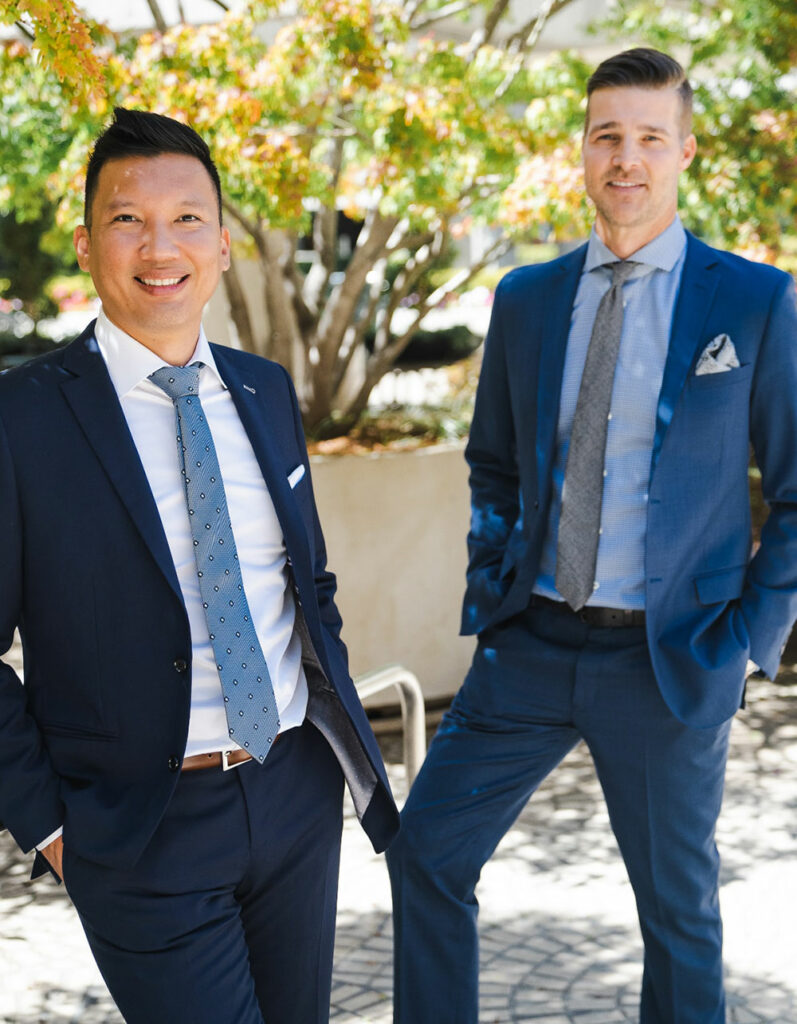If you or a loved one has been injured skateboarding in San Francisco, the Personal Injury Attorneys at MJQ can help you get the compensation you need for your injuries.
Contact us today for a no-cost, no-obligation consultation to see what your case is worth.
San Francisco is considered by many to be the birthplace of modern street skateboarding. From SoMa West Skate Park to the hills and house spots, San Francisco has been graced with some of the most iconic skate spots in the world.
Skateboarding in San Francisco, however, is not for the faint of heart. The Bay Area’s incredibly steep hills allow skateboarders to travel faster than they’ve ever gone in their entire lives in just a matter of seconds. This means the slightest act of carelessness can turn a thrilling hill bomb into a horrific accident.
This is where the Personal Injury Lawyers at MJQ can help. Skateboarders are, unfortunately, viewed as reckless or careless, making it difficult for them to recover costs after a serious injury. Our attorneys protect skateboarders’ rights and will not hesitate to take legal action to secure compensation on their behalf
The damages we pursue for skateboarders include:
California defers skateboard laws to be determined by individual cities. However, there are statewide laws that apply to all California skateboarders, which include:
San Francisco governs all modes of transportation within the city under the San Francisco Transportation Code. The following codes apply to skateboarders:
Comparative negligence is when more than one party is partially at fault for causing an injury and is covered under California Civil Code 1714. This law essentially states:
In the case of a skateboarding accident, ultimately, fault will be determined by the details of the case and the judgment of a judge and jury if the matter goes to trial.
Let’s say, for example, a skateboarder goes down a ramp and collides with a tree branch on the ground. They go flying off their board and fracture their elbow. A jury may find the property owner 80% at fault for not clearing their property of hazards while finding the skateboarder 20% at fault for failing to notice an open and obvious hazard in the middle of the skatepark. So, if the jury awards the skateboarder $100,000, then their reward will be reduced by 20% of the fault.
Premises liability is when a property owner fails to keep their property free of hazardous conditions by performing routine inspections, as covered in California Civil Code 1714. This law not only applies to skatepark owners but to:
Essentially, whoever is responsible for the property is required to repair, replace, or provide reasonable warning about unsafe property conditions to keep visitors safe. Property owners who fail to repair dangerous conditions, or warn them, can be served with a premise liability lawsuit if someone gets injured as a direct result of their carelessness. Hazardous conditions at a skatepark typically include:
“Assumption of risk” liability protects business and property owners from lawsuits when their customers participate in risky activities. These contracts are typically used at skateparks to put those protections into words. Skateboarders must agree to these protections by signing a liability waiver before skateboarding on someone else’s property.
However, liability is not a legal “bullet-proof” shield against lawsuits. Otherwise, property owners would be permitted to be as unsafe as they want and free themselves of liability just by using the right verbiage in their liability waiver. A liability waiver can be invalidated if:
A liability waiver, however, does protect business owners from ordinary negligence. So, it is important to understand what you are signing before you go onto someone else’s property and know what you are responsible for. We recommend the following precautions before signing a liability waiver:
At MJQ, our firm will make sure to include future damages as part of your reward. We bolster future damages in your case through:
California Law gives police officers the right to temporarily detain you if they have reasonable suspicion to believe you’ve done something wrong. Reasonable suspicion is based on directly observable evidence that shows you may be involved in misdemeanor or felony criminal activity. Even if the officer does not have an arrest warrant, they can stop based on reasonable suspicion alone.
For example, recently, the San Francisco Police Department has been struggling to stop the annual “Dolores Hill Bomb,” where many skateboarders suffer serious injuries, traveling up to 35 miles per hour. Since this is a non-organized event, a police officer can stop you because they believe you may harm yourself or others.
Even though police officers can stop you, they are NOT allowed to restrain or cuff you. They can, however, block your path and instruct you to remain where you are. They are even allowed to “stop and frisk” you. This type of procedure is known as the “Terry stop,” named for the 1968 Supreme Court case Terry v. Ohio. The Supreme Court ruled that a temporary detention based on reasonable suspicions is constitutional under the Fourth Amendment.
If you are stopped by an officer for reasonable suspicion, it is important to remember the officer must present evidence as to what gave them reasonable suspicion in court.
Even with safety equipment, not every skateboarding injury is preventable. But one thing you can do is understand just how risky skateboarding is so you know what to expect and how to handle the aftermath of a skateboarding injury.
According to a study done by the National Library of Medicine, the average age for serious skateboarding injuries was 19 years old, with only 14% of all skateboarding injuries occurring in those 30 years and older. Additionally, 50% of all skateboarding injuries required emergency care.
In 2022, 230,506 people were treated in emergency rooms after being injured while skateboarding with 61,546 of those injuries occuring in skateboarders ages 15 to 24, according to the NSC.
According to the Semantic Scholar, neurosurgical intervention was needed in 14% of all skateboarding head-related injuries. Unfortunately, even with helmets, head injuries in skateboarding are still prevalent with 75% of all hospital-admitted skateboarding accidents being head injuries.
According to world-famous skateboarder Tony Hawk who has suffered hundreds of skateboarding injuries, his worst skateboarding injury was a broken femur. This particular injury has resulted in numerous complications and took him away from any physical activity for almost a year.
Skateboarding is a physical activity that involves moving fast and catching air over hard surfaces. The combination of high speeds, metal, and concrete ledges, injuries are common hardships shared by all skateboarders, ranging from minor cuts, and broken bones, to catastrophic brain injuries. Some of the most common skateboarding injuries include:
On the road, skateboarders are offered practically no protection from serious hazards, making them far more likely to be seriously injured in an accident, or in worse cases, killed.
That’s why the dedicated team of California Skateboard Injury Attorneys at MJQ will aggressively pursue liable parties to recover the maximum amount of damages skateboarders are owed after an accident.
Don’t wait until it’s too late to take legal action.
Contact MJQ today for a no-cost, confidential consultation to see what legal options are available for your situation.




"*" indicates required fields